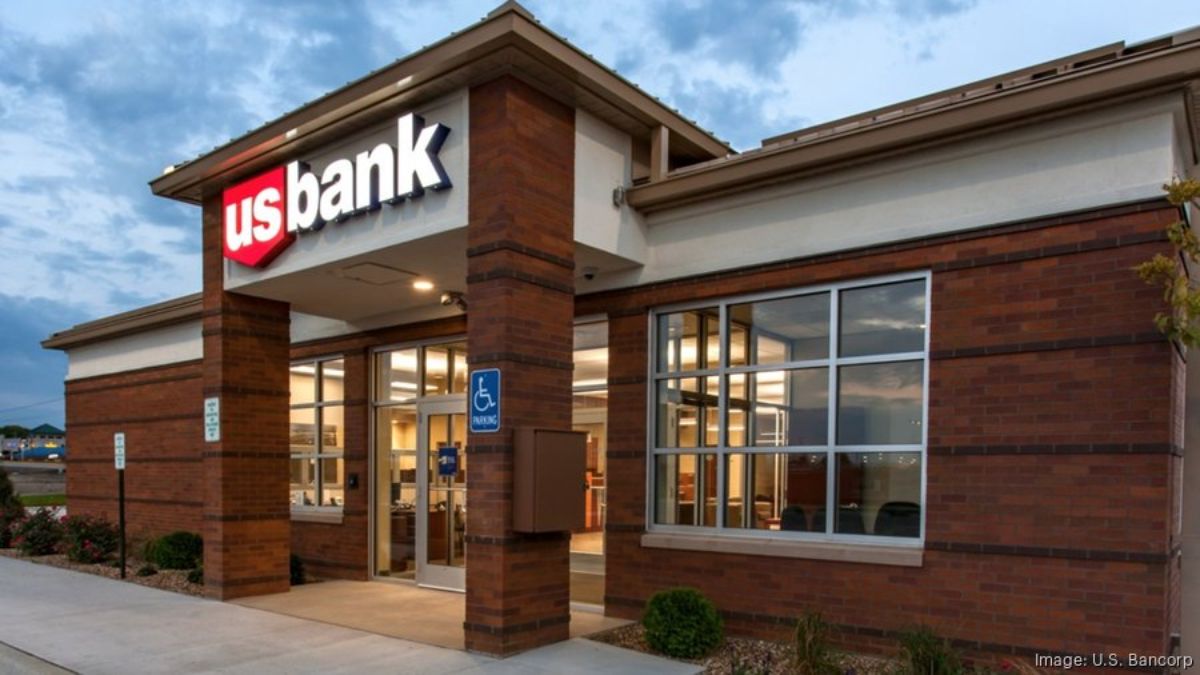In a move that highlights the seismic shift toward digital banking, U.S. Bank has confirmed plans to close 40 branch locations across 16 states later this year. The closures, which include branches that have served communities for decades, reflect a broader industry-wide trend: fewer people are walking into banks, and more are managing finances on mobile apps, ATMs, and online platforms.
The decision underscores how financial institutions are reshaping their operations—not around brick-and-mortar facilities, but around technology-driven services. According to a notice issued by the Office of the Comptroller of the Currency (OCC), U.S. Bank has already filed the required 90-day branch closure notices, ensuring compliance with federal law.
This development comes at a time when customer behavior, corporate strategy, and banking technology are converging to redefine what “banking” looks like in America.
Why U.S. Bank Is Closing Branches
The decline in traditional banking traffic is undeniable. Over the past decade, foot traffic in branches has steadily dropped, as digital tools replace services once only available in person. U.S. Bank’s latest announcement reflects this shift in consumer behavior, as well as its strategy to optimize resources and direct investment into its digital banking ecosystem.
While in-person services remain critical for some customers—particularly seniors, rural communities, or those dealing with complex financial issues—banks argue that the convenience and cost savings of digital platforms are too significant to ignore.
For U.S. Bank, the closures will allow it to:
- Reduce operational costs tied to underused physical locations.
- Reinvest in mobile app upgrades, ATM networks, and online platforms.
- Consolidate branches in markets where multiple locations overlap.
Full List of U.S. Bank Branches Closing in 2025
The confirmed closures affect 16 states, with California seeing the highest number of shuttered branches. Below is the complete breakdown:
California
- 989 Avenida Pico, San Clemente
- 2207 Francisco Drive, El Dorado Hills
- 429 Santa Monica Boulevard, Suite 101, Santa Monica
- 2227 South Shore Center, Alameda
- 2955 Alpine Boulevard, Alpine
- Castro Street, San Francisco
- 2200 Mission College Boulevard, Santa Clara
Idaho
- 672 Washington, Montpelier
- South State Street, Preston
- 197 West Prairie Avenue, Hayden Lake
- 6560 South Federal Way, Boise
- 9 South Ash Street, Blackfoot
- 333 Michigan Avenue, Orofino
Illinois
- 118 S Front Street, Cobden
- 5201 W Madison Street, Chicago
Iowa
- 303 Euclid Avenue, Des Moines
Kansas
- 306 N Broadway Street, Pittsburg
Kentucky
- Main Street, Loretto
Minnesota
- 7601 Penn Avenue South, Richfield
Missouri
- 317 West Main Street, Bowling Green
- 231 South Market, Memphis
- 100 N Western Street, Mexico
- 9717 North Avenue, Kansas City
Nevada
- 5150 Mae Anne, Reno
New Mexico
- 400 West 1st Street, Portales
Ohio
- 6388 Branch Hill Guinea Pike, Loveland
- 819 Wheeling Avenue, Cambridge
- 10 West Broad Street, Columbus
- US 23 & S.R. 348, Lucasville
- 1500 Hillcrest Avenue, Springfield
Oregon
- 1285 Virginia Avenue, North Bend
- 4550 N Interstate Avenue, Portland
South Dakota
- 103 South Main Street, Hartford
Utah
- 1090 N. 500 East, North Salt Lake
Washington
- 4326 University Way NE, Seattle
- 2401 Utah Avenue S, Suite 105, Seattle
Wisconsin
- 138 N Main Street, Rice Lake
- 10200 West Bluemound Road, Wauwatosa
- 2525 Wisconsin Avenue, Milwaukee
Wyoming
- 748 Main Street, Evanston
These closures will affect both urban hubs and smaller towns, where physical branches often serve as community anchors.
U.S. Bank Isn’t Alone – An Industry-Wide Trend
The closure of physical branches is not unique to U.S. Bank. Other major financial institutions are following the same path:
- Bank of America has been reducing branch counts but simultaneously plans to open 165 new financial centers across 63 markets by 2026, targeting underserved areas.
- Wells Fargo, JPMorgan Chase, and Citibank have also trimmed networks while investing heavily in ATMs and digital platforms.
- According to FDIC data, the U.S. banking sector has shed more than 10,000 branches in the past decade.
This suggests a dual strategy: close underperforming locations, while strategically expanding where in-person demand still exists.
What Customers Should Expect
For customers directly affected by the closures, the transition may feel inconvenient, but U.S. Bank emphasizes that its digital banking tools and ATM network remain widely available. Customers are advised to:
- Locate the nearest branch or ATM still operating in their area.
- Download and update the U.S. Bank mobile app, which offers bill payments, transfers, and check deposits.
- Update contact preferences to receive closure notifications and service updates.
- Contact customer service if they rely on services not available digitally, such as safe deposit boxes or complex business transactions.
For communities losing branches, the closures may mean longer drives to the nearest in-person location, a challenge for older or rural populations.
The Bigger Picture – Digital First Banking
The message from U.S. Bank and other financial giants is clear: the future is digital-first banking.
- Over 75% of U.S. Bank customers now use mobile or online platforms for most transactions.
- Digital-only banks and fintech companies, like Chime and SoFi, continue to attract younger, tech-savvy consumers.
- Traditional banks are racing to modernize apps, enhance security, and integrate AI-powered tools for fraud detection, financial planning, and customer service.
Still, physical branches retain symbolic and practical importance. They provide trust, community presence, and personal service that apps cannot fully replicate.
5 FAQs
Q1: Why is U.S. Bank closing 40 branches?
A1: Due to declining foot traffic and rising use of digital tools, U.S. Bank is consolidating resources and investing in mobile and online platforms.
Q2: Which states are affected by the closures?
A2: Closures span 16 states, with the largest numbers in California, Idaho, Missouri, Ohio, Wisconsin, and Washington.
Q3: Will these closures affect my account or services?
A3: No. Accounts remain unaffected, but customers may need to use digital banking or nearby branches for in-person services.
Q4: How can I find out if my local branch is closing?
A4: Customers should check U.S. Bank’s official website, mobile app, or OCC branch closure notices for details.
Q5: Are other banks closing branches too?
A5: Yes. Major institutions like Bank of America, Wells Fargo, and JPMorgan Chase have also reduced their physical branch networks.






